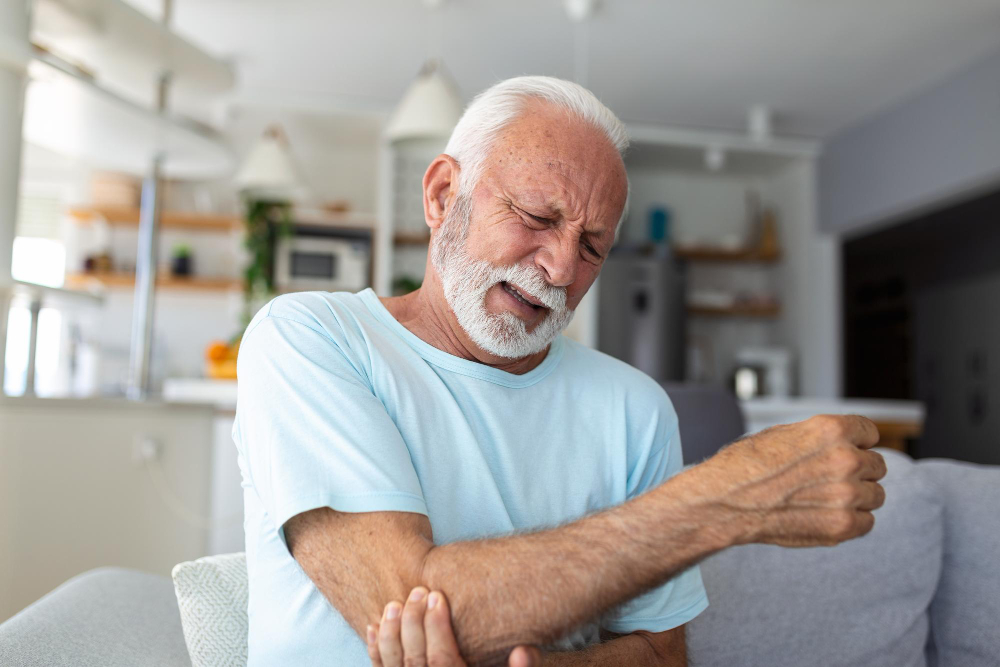Introduction to Bursitis
Bursitis is a common condition that causes pain and swelling in the joints. The main problem happens when small, fluid-filled sacs called bursae become inflamed. These sacs help cushion your bones, muscles, and tendons. When they get irritated, you may notice bursitis symptoms like pain, swelling, or stiffness. Early signs of bursitis can be mild, but they may get worse if not treated. Understanding how to recognize bursitis can help you get the right care quickly.
Common Symptoms of Bursitis
Bursitis symptoms can vary, but most people notice pain and swelling near a joint. Usually, the pain gets worse with movement or pressure. However, symptoms may differ based on which joint is affected. Here are the most common signs:Pain or ache near a joint, often sudden or sharpSwelling or redness around the areaWarmth over the jointStiffness or trouble moving the jointTenderness when you touch the area
Sometimes, you may also feel mild fever or notice the skin looks shiny. But, not everyone will have all these symptoms. If you see any of these early signs of bursitis, it is important to rest the joint and watch for changes.
How Bursitis is Diagnosed
Doctors use several steps to make a bursitis diagnosis. First, they will ask about your symptoms and medical history. Next, they will examine the affected joint for swelling, redness, or warmth. In some cases, your doctor may order tests to confirm bursitis. These tests can include:X-rays to rule out other joint problemsUltrasound or MRI to see the bursae more clearlyBlood tests to check for infection or other causesRemoving a small sample of fluid from the bursa for testing
Early diagnosis helps prevent further joint damage. Therefore, if you have ongoing pain or swelling, talk to your healthcare provider.
When to Seek Emergency Medical Attention
Most cases of bursitis are not emergencies. However, some symptoms mean you should get help right away. You should seek emergency care for bursitis if you notice:Severe pain that does not improve with restSudden, intense swelling or rednessHigh fever or chillsInability to move the joint at allSigns of infection, such as pus or open wounds
If you have a weakened immune system or other health problems, you may be at higher risk for complications. In these cases, it is best to contact your doctor sooner. According to the CDC, infections in the bursa can spread quickly and need urgent treatment.
Prevention and Self-Care Tips
While bursitis can happen to anyone, you can lower your risk with simple steps. Here are some helpful tips:Take breaks during activities that use the same jointUse pads or cushions when kneeling or leaning on elbowsStretch and warm up before exerciseMaintain a healthy weight to reduce joint stressWear supportive shoesApply ice packs to sore joints for short periodsRest the affected area if you notice pain or swelling
In addition, avoid lifting heavy objects in ways that strain your joints. If you have had bursitis before, follow your doctor’s advice to prevent it from coming back.
Conclusion and Next Steps
Bursitis symptoms can range from mild aches to severe pain and swelling. Early signs of bursitis are easier to treat if you act quickly. Knowing how to recognize bursitis and when to seek emergency care for bursitis can help protect your joints. If you notice symptoms of bursitis, consult a healthcare professional for personalized advice.



